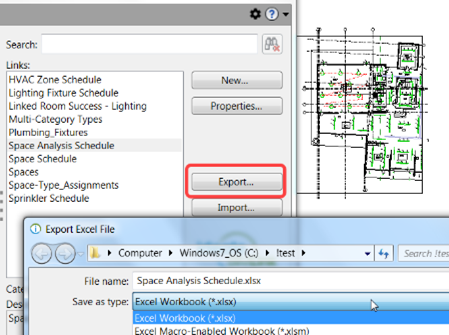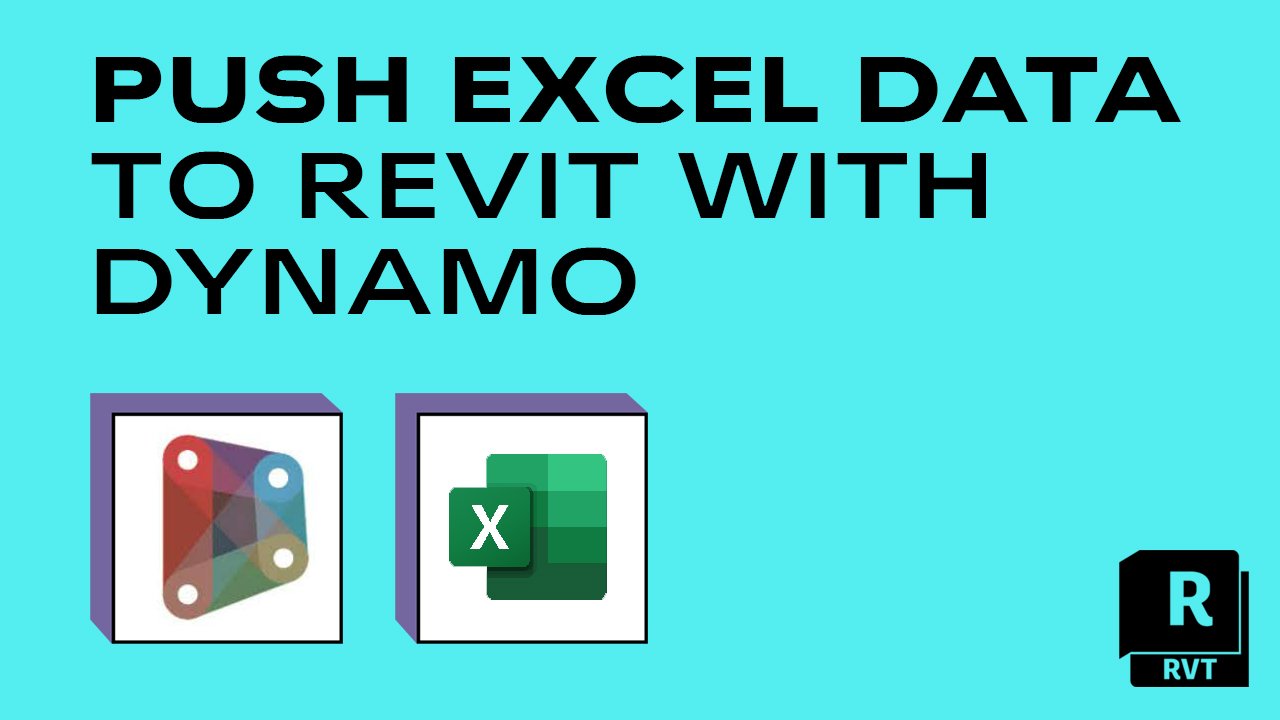Unlock New Opportunities with Cutting-edge Revit Plugins
Wiki Article
Excel-to-Revit: A Game-Changing Process for Architectural Layout - Introducing the Secrets
Are you tired of costs hours on building layout? Look no more! Introducing excel-to-revit, the game-changing process that will certainly change your layout process. With excel-to-revit integration, you can improve your architectural design, unlock effectiveness, and make the most of cooperation within your group. In this article, we will unveil the secrets of this powerful tool, showing you how it can transform your design projects. Prepare yourself to take your architectural design to the next degree with excel-to-revit!The Power of Excel-to-Revit Combination

Picture the comfort of having the ability to modify and upgrade job data in Excel, and instantly see those modifications reflected in your Revit design. Say goodbye to hand-operated data access or tiresome updates. With Excel-to-Revit assimilation, you can save time and lower errors by leveraging the power of Excel's features and solutions to instantly produce accurate information in Revit.
Not only does this assimilation enhance performance, however it also improves collaboration amongst employee. You can easily share Excel documents with colleagues, that can after that import the data into their Revit versions. This promotes a seamless exchange of details and guarantees that every person is functioning with the most updated information.

Simplifying Building Design With Excel-To-Revit
Enhancing architectural style is made simpler with making use of Excel-to-Revit (revit tools). With this effective integration, you can enhance your operations and save important time throughout the style procedure. By leveraging the capabilities of Excel and Revit, you can perfectly move data in between both systems, eliminating the requirement for hand-operated information access and decreasing the threat of errorsExcel-to-Revit enables you to import and export information effortlessly, allowing you to conveniently update and customize your building designs. You can create routines, compute quantities, and produce records in Excel, and then move that information directly into your Revit version. This integration makes sure that your layout information is always up-to-date and synchronized, removing the demand for manual updates and decreasing the possibilities of incongruities.
By using Excel-to-Revit, you can likewise make use of the effective computational capacities of Excel. You can execute complex calculations, evaluate data, and automate repeated tasks, all within Excel. Then, with just a few clicks, you can import the results back into Revit, enabling you to make educated style choices and enhance your building layouts.
Unlocking Efficiency: Exploring the Excel-to-Revit Process
Optimize your performance by effortlessly incorporating Excel and Revit for an extra effective process. With the Excel-to-Revit process, you can open a whole brand-new degree of performance in your building style process. By making use of the power of Excel's information administration abilities and integrating it with the flexibility and accuracy of Revit, you can enhance your style process and save beneficial time.Among the essential advantages of this combination is the capacity to import and export data in between Excel and Revit. This implies that you can conveniently transfer task info, such as area routines or product quantities, from one software program to the other, removing the need for hands-on data access and minimizing the chances of mistakes. You can likewise create custom solutions and calculations in Excel to automate recurring tasks and perform complicated calculations, which can after that be perfectly incorporated into your Revit versions.
Moreover, the Excel-to-Revit operations permits better control and collaboration in between employee. With Excel acting as a main information center, several group members can work with different elements of the project all at once, sharing and upgrading information in real-time. This not only enhances interaction but likewise ensures that everybody is functioning with the most updated information, removing the risk of incongruities.
Maximizing Partnership: Excel-to-Revit for Architectural Teams
By effortlessly integrating Excel and Revit, architectural teams can substantially improve collaboration and accomplish extra efficient design results. When using Read Full Report this effective process, you can conveniently move information between Excel spreadsheets and Revit designs, enhancing the layout procedure and boosting communication among employee. With Excel-to-Revit assimilation, you can effortlessly import project data, such as room routines, material quantities, and job specifications, straight into Revit, getting rid of the requirement for hands-on data entrance and minimizing the opportunities of mistakes. This smooth connection enables real-time updates, making sure that everybody is dealing with one of the most updated info and staying clear of discrepancies between various files.Moreover, by leveraging Excel's powerful calculation capacities, you can do complex calculations and evaluation on your visit this website design information, supplying important insights and driving educated decision-making. This integration additionally enables you to export data from Revit to Excel, allowing you to create detailed reports, graphes, and charts for presentations and evaluation. This collaborative operations promotes reliable communication and control among employee, as Excel functions as a central center for data administration and sharing.
Overall, by accepting the Excel-to-Revit workflow, building groups can accomplish greater levels of cooperation, efficiency, and accuracy in their layout process. revit tools. This integration equips groups to collaborate flawlessly, guaranteeing that every person is on the exact same web page and contributing to the success of the task
Unveiling the Secrets of Excel-to-Revit Assimilation

Among the keys of Excel-to-Revit assimilation is the capacity to take advantage of the power of solutions and estimations in Excel to drive parameters and produce complex geometries in Revit. You can connect Excel spread sheets to Revit families, allowing you to input data straight right into the spread sheet and have it automatically update in the Revit design. This enhances the layout procedure and ensures accuracy and uniformity across the project.
One more trick is the capability to develop personalized timetables and reports in Excel, using data extracted from Revit. This enables you to examine and picture task details in a manner that is not feasible within Revit alone. You can conveniently create amount liftoffs, price quotes, and job timelines, supplying useful understandings for decision-making and project management.
On top of that, Excel-to-Revit combination enables effective partnership among staff member. Multiple this article customers can function on the very same Excel spread sheet concurrently, making it less complicated to coordinate and track adjustments. You can additionally utilize Excel's commenting function to offer feedback or connect style modifications.
Verdict
By combining the power of Excel and Revit, engineers can currently function extra successfully, conserve time, and create much better styles. Start incorporating excel-to-revit integration right into your building style process today and transform the way you work.With simply a couple of clicks, you can import the outcomes back into Revit, allowing you to make informed layout choices and enhance your architectural layouts.
By making use of the power of Excel's information management capabilities and incorporating it with the flexibility and precision of Revit, you can simplify your layout process and save beneficial time.
By effortlessly integrating Excel and Revit, architectural groups can considerably enhance collaboration and attain a lot more efficient style results. When using this effective workflow, you can conveniently move data in between Excel spreadsheets and Revit versions, enhancing the design procedure and enhancing interaction amongst team members.Moreover, by leveraging Excel's effective calculation capabilities, you can carry out complicated estimations and evaluation on your design data, offering useful understandings and driving informed decision-making.
Report this wiki page